Mosquitoes and ticks pose significant health risks, transmitting diseases like Zika, West Nile, and Lyme. Effective control requires understanding their behaviors: mosquitoes breed in stagnant water, while ticks seek hosts through contact. Strategies include eliminating breeding grounds, using repellents, maintaining outdoor spaces, and professional treatments. Eco-friendly methods, such as introducing predators and planting repellant plants, reduce chemical usage, preserving the ecosystem. Community engagement, education, and shared responsibility are crucial for success. Targeted treatments around homes and yards, combined with modern technologies like drones and AI analytics, enhance efficiency and safety. An integrated pest management (IPM) approach using environmental, cultural, and biological methods ensures long-term sustainability and a healthier ecosystem.
Mosquitoes and ticks are more than just pesky insects; they pose significant public health risks, transmitting diseases like Zika, West Nile, Lyme, and others. Understanding their behavior, life cycles, and impact on human health is crucial for effective local mosquito and tick control. This article explores a comprehensive range of strategies, from traditional methods using pesticides to environmentally friendly approaches, community engagement, modern technologies, and sustainable solutions. By delving into these techniques, we aim to provide an extensive guide for communities seeking to manage these vectors effectively.
Understanding Mosquito and Tick Behavior: Their Habits and Life Cycles
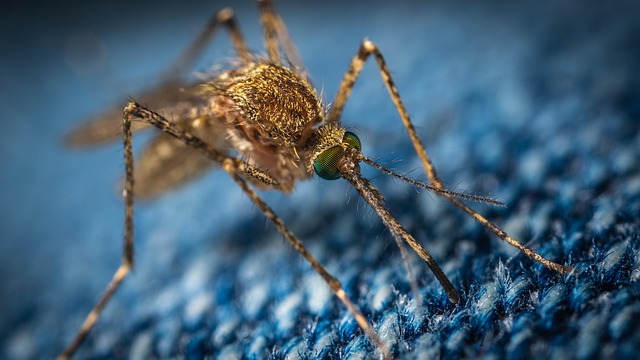
Mosquitoes and ticks are persistent pests that can pose significant health risks to both humans and animals. Understanding their behavior is a crucial step in effective mosquito and tick control. Mosquitoes, for instance, are primarily active during dawn and dusk, when they hunt for blood meals to sustain their reproduction. They breed in stagnant water, making it vital to eliminate these breeding grounds around your property.
Ticks, on the other hand, are more active during warmer months and often seek hosts through direct contact. They can survive for long periods without feeding, which makes them hard to eradicate. Knowledge of their life cycles helps in implementing tailored control measures, such as using appropriate repellents, maintaining outdoor spaces, and employing professional treatments when necessary for comprehensive mosquito and tick control.
The Impact of Mosquitoes and Ticks on Public Health

Mosquitoes and ticks are more than just a nuisance; they pose significant threats to public health. These insects are known vectors for various diseases, including Zika, West Nile, Lyme disease, and many others. In areas where mosquito and tick control measures are inadequate, communities face rising rates of infections, leading to severe health consequences, especially for vulnerable populations such as children, the elderly, and individuals with compromised immune systems.
Effective mosquito and tick control is crucial for protecting public health and well-being. By implementing comprehensive strategies that include habitat reduction, chemical treatments, and biological controls, communities can significantly minimize the presence of these pests. Regular maintenance and monitoring are essential to ensure ongoing protection against the spread of diseases carried by mosquitoes and ticks, fostering healthier environments for all residents.
Traditional Mosquito and Tick Control Methods: Pesticides and Chemicals
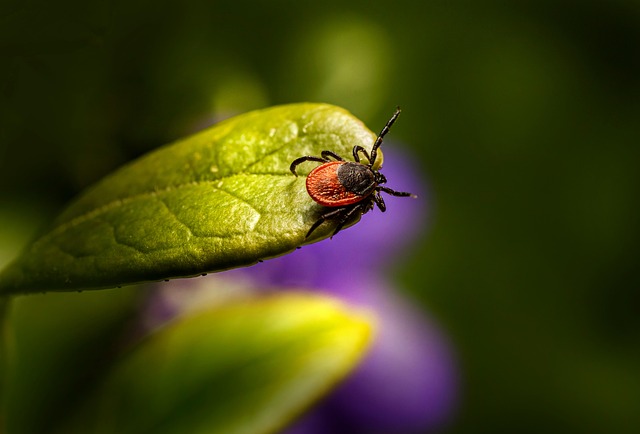
Traditional methods of mosquito and tick control often involve the use of pesticides and chemicals, which can be effective but also come with potential drawbacks. These substances are typically sprayed or applied to areas where mosquitoes and ticks are prevalent, aiming to eliminate or repel these pests. Common chemical agents include insecticides, organophosphates, and pyrethroids, known for their rapid knockdown effect on insects.
However, the overuse of pesticides has raised environmental and health concerns. These chemicals can persist in the ecosystem, harming beneficial insects, aquatic life, and potentially entering the food chain. Additionally, some people may be sensitive or allergic to these substances, leading to adverse reactions. As a result, many communities are now exploring more eco-friendly and targeted mosquito and tick control strategies to ensure the well-being of both residents and the local ecosystem.
Environmentally Friendly Approaches to Mosquito and Tick Management
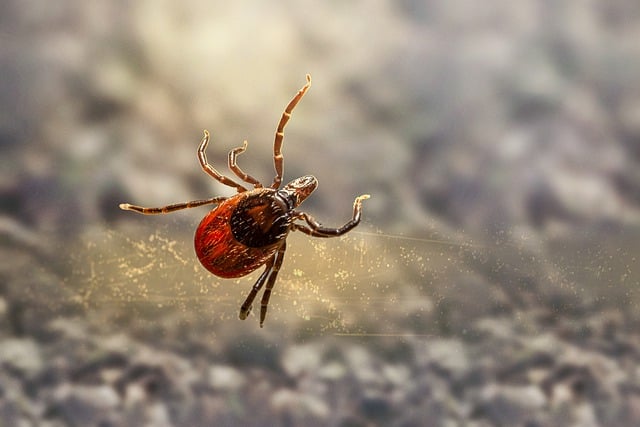
In the realm of mosquito and tick control, environmentally friendly approaches are gaining traction as sustainable alternatives to traditional methods. These strategies focus on minimizing the use of synthetic chemicals and instead leverage natural predators, plant-based repellents, and habitat modification. By fostering a balanced ecosystem, these methods aim to reduce mosquito and tick populations without harming beneficial insects or contaminating the environment.
One such approach involves introducing natural predators like bats and birds that feed on mosquitoes. Planting citronella, lavender, and marigolds can also deter these pests due to their repellent properties. Additionally, removing standing water where mosquitoes breed, maintaining lush vegetation, and using organic sprays derived from essential oils are effective and eco-conscious ways to manage mosquito and tick control, promoting a healthier environment for both humans and wildlife.
Community Engagement and Education for Effective Control
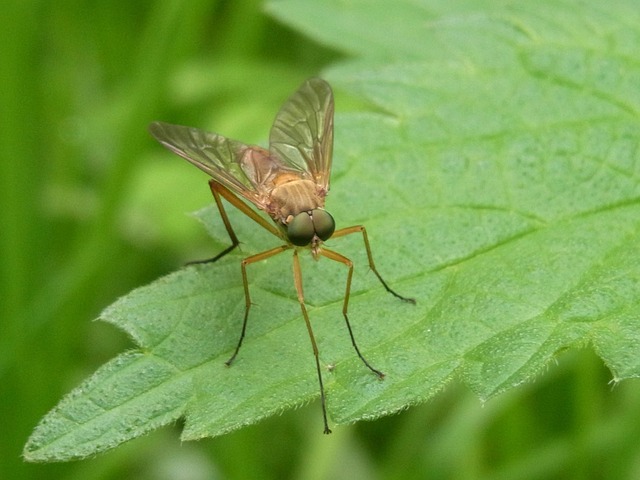
Community engagement is a powerful tool in the fight against local mosquito and tick control. Educating residents about the habits and breeding grounds of these pests can significantly reduce their presence. Programs that promote awareness, such as distributing informational materials or hosting community meetings, empower folks to take proactive measures. For instance, teaching communities to eliminate standing water—a prime breeding site for mosquitoes—can have a substantial impact on disease prevention.
Engaging the public fosters a sense of collective responsibility, encouraging everyone to play a role in maintaining a healthier environment. By sharing best practices and providing accessible resources, individuals can contribute to effective mosquito and tick control strategies. This collaborative approach not only enhances overall public health but also ensures that measures taken are sustainable and tailored to the specific needs of each community.
Targeted Treatments: Home and Yard Strategies for Prevention

When it comes to mosquito and tick control, targeted treatments for your home and yard are essential strategies in prevention. Start by identifying breeding grounds—mosquitoes thrive in stagnant water, so empty standing containers like buckets, flower pots, and birdbaths regularly. Keep your lawn mowed and remove tall weeds, as ticks often hide in these areas. Consider installing mosquito netting over patios and decks to create outdoor living spaces that are less inviting.
Additional measures include applying repellents approved for use around the home and yard, using traps specifically designed to attract and capture mosquitoes, and considering professional services that offer targeted treatments tailored to your property’s unique needs. Regular maintenance and a multi-pronged approach will significantly reduce mosquito and tick populations, making outdoor spaces safer and more enjoyable.
Modern Technologies in Mosquito and Tick Monitoring and Control

Modern technologies are transforming mosquito and tick control, offering more precise and effective strategies than ever before. Tools like remote sensing, GPS tracking, and AI-driven analytics provide real-time data on pest populations, enabling proactive rather than reactive management. For instance, drones equipped with cameras and sensors can swiftly survey large areas, identifying mosquito breeding grounds or sick ticks hidden in dense vegetation.
Additionally, innovative monitoring devices equipped with sensitive detectors pick up subtle cues like carbon dioxide and heat signatures, alerting authorities to the presence of these insects even before they become noticeable to the naked eye. These technological advancements not only enhance the efficiency of pest control efforts but also contribute to the overall safety of communities by minimizing the use of chemical pesticides through more targeted and environmentally conscious approaches.
Long-term Sustainable Solutions for Local Mosquito and Tick Control
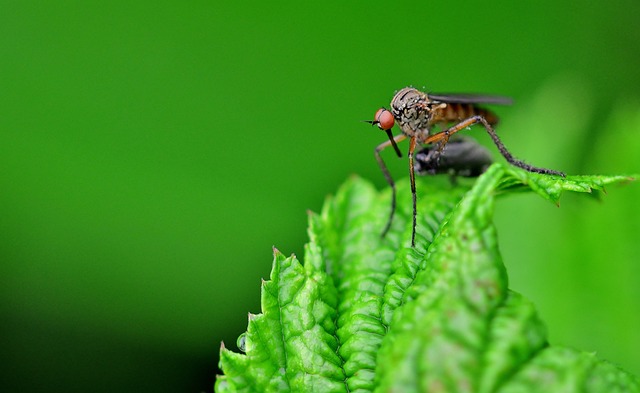
Implementing long-term sustainable solutions for mosquito and tick control requires a multi-faceted approach that goes beyond immediate, chemical interventions. It involves fostering an integrated pest management (IPM) strategy that leverages environmental, cultural, and biological methods to disrupt the lifecycle of these pests. For instance, eliminating standing water—a primary breeding ground—through regular cleanup and drainage improvements can significantly reduce mosquito populations. Additionally, using natural predators like birds, bats, and certain fish species, as well as introducing beneficial insects, can help control both mosquitoes and ticks ecologically.
Community education plays a crucial role too. Encouraging residents to practice good hygiene, use insect repellents, and properly maintain their outdoor spaces contributes to a collective effort in mosquito and tick control. Moreover, implementing landscape modifications, such as planting mosquito-repellent plants or creating natural barriers using native vegetation, can provide ongoing protection without relying heavily on chemical treatments. These sustainable practices not only reduce the environmental impact but also foster a healthier, more balanced ecosystem over time.
